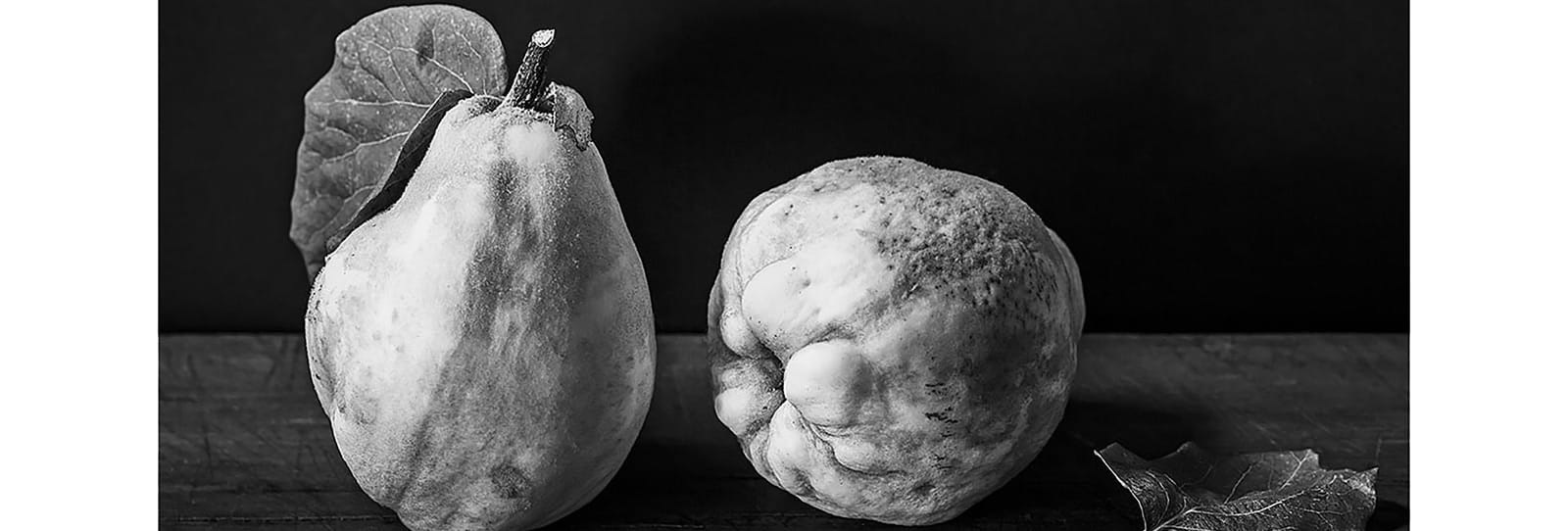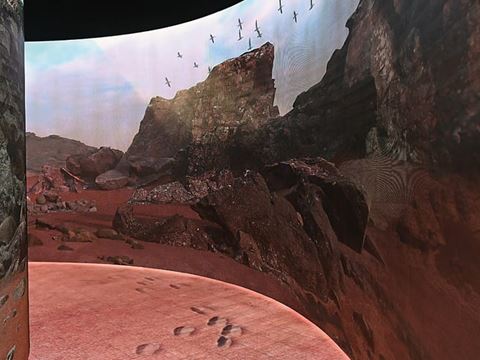
FirstLook: Kitab al-Filaha
“Of Planting the Quince Tree” (chapter 8, article 36): It is said that the quince tree is called the Almond of India. One of the species casts a large round fruit, the other small, while another is long and is called a monhad. Of these there are both sweet and sour fruit. According to the book of Ibn Hajaj, place the quince tree in low ground where moisture and humidity lie. Labathio said sandy ground is suitable too, provided it is manured and watered regularly.
“Of Planting the Quince Tree” (chapter 8, article 36)
It is said that the quince tree is called the Almond of India. One of the species casts a large round fruit, the other small, while another is long and is called a monhad. Of these there are both sweet and sour fruit. According to the book of Ibn Hajaj, place the quince tree in low ground where moisture and humidity lie. Labathio said sandy ground is suitable too, provided it is manured and watered regularly.
In 2012 I moved from the Middle East to Andalucía in southern Spain, where for some 800 years the Muslim civilization of Al-Andalus flourished. Al-Andalus became renowned for its architecture and scholarship in science, medicine and philosophy. Less known were its achievements in agriculture and animal husbandry, of which ancient knowledge was compiled with new techniques into a series of books.
The most famous of these was the 12th-century Kitab al-Filaha (Book of Agriculture) by Ibn al-‘Awwam al-Ishbili. Comprising more than 1,000 pages of text and drawings, it was the most comprehensive treatment of the subject in its time. Learning about this, coupled with exploring the Alpujarra Mountains and kindling a new admiration for the still-life paintings of the Spanish masters, inspired me to work on a new series of images printed using photogravure.
What is photogravure? It is an involved intaglio process dating back to 1879, using a negative or positive film to etch an image into a copper plate using light and chemicals, then using ink and paper, making a traditioanl print.
—Tariq Dajani
www.tariqdajani.com
The most famous of these was the 12th-century Kitab al-Filaha (Book of Agriculture) by Ibn al-‘Awwam al-Ishbili. Comprising more than 1,000 pages of text and drawings, it was the most comprehensive treatment of the subject in its time. Learning about this, coupled with exploring the Alpujarra Mountains and kindling a new admiration for the still-life paintings of the Spanish masters, inspired me to work on a new series of images printed using photogravure.
What is photogravure? It is an involved intaglio process dating back to 1879, using a negative or positive film to etch an image into a copper plate using light and chemicals, then using ink and paper, making a traditioanl print.
—Tariq Dajani
www.tariqdajani.com
You may also be interested in...

FirstLook: Poetic Fusion
Arts
Prior to our modern practice of image manipulation with editing software, photographers worked more with planned intention and craft.
Ithra Explores Hijrah in Islam and Prophet Muhammad
History
Arts
Avoiding main roads due to threats to his life, in 622 CE the Prophet Muhammad and his followers escaped north from Makkah to Madinah by riding through the rugged western Arabian Peninsula along path whose precise contours have been traced only recently. Known as the Hijrah, or migration, their eight-day journey became the beginning of the Islamic calendar, and this spring, the exhibition "Hijrah: In the Footsteps of the Prophet," at Ithra in Dhahran, Saudi Arabia, explored the journey itself and its memories-as-story to expand understandings of what the Hijrah has meant both for Muslims and the rest of a the world. "This is a story that addresses universal human themes," says co-curator Idries Trevathan.
Orion Through a 3D-Printed Telescope
Arts
With his homemade telescope, Astrophotographer Zubuyer Kaolin brings the Orion Nebula close to home.